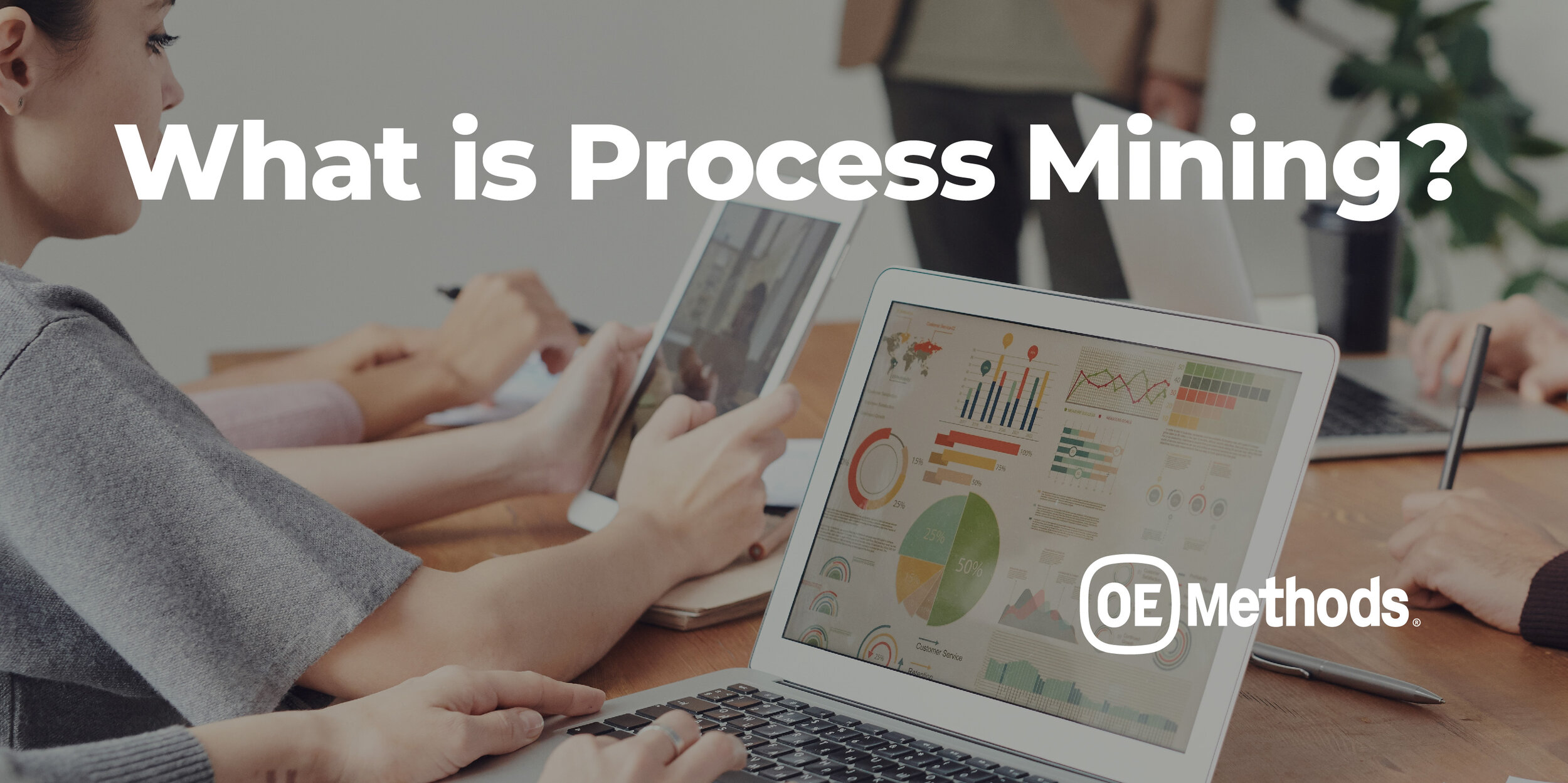What is Process Mining?
Process Mining is a process analysis method that aims to discover, audit, analyse and improve actual processes (i.e. not just the documented processes) by extracting events recorded by standardised enterprise systems, such as ERP or CRM systems, as well as industry-specific systems, such as an insurance claim management systems, hospital management systems or studentmanagement systems.
Process Mining goes beyond the pure presentation of the key data of the process, recognising the contextual relationships of the processes, presenting them in the visual process models to fast-track the diagnosis of problems and improvement opportunities.
In contrast, process improvement for many organisations rely on mapping business processes through workshops and interviews. This approach can be timing-consuming and subjective. Let alone the effort required to collect and summarise the process data for common process metrics.
Process mining offers objective, fact-based insights, derived from actual process data. This allows organisations to see their ‘As-is’ processes and provides the insights on where the best improvement opportunities are.
Process mining enables four powerful business process management capabilities:
Automated Process Discovery – creates an actual process model from the event information
Conformance Monitoring – enables detection of non-conforming activities that deviate from the target process
Variant Analysis – enables comparison of process variants and streamline process optimisation and standardisation
Performance Mining – identifies factors that are throttling process performance e.g. bottlenecks and over-processing
These process mining techniques allow us to discover and analyse the process in order to identify sources of inefficiencies and defects, and to drill down into their root causes.
Some successful case studies of applying Process Mining:
Increase Transparency
An Australian Government department used Process Mining to improve its ICT procurement and portable electronic device fulfilment processes. The project analysed historical procurement data and identified significant difference in behavioural and performance differences for different types of requests and regions.
Improve Efficiency & Productivity
An Australian food manufacturing company used Process Mining to streamline carton movements across five production plants and a central cold-store. They compared the process variants and associated flows across five production plants and identified bottlenecks and inefficiencies.
Enhance Quality & Customer Experience
An Italian general insurer used Process Mining to improve their motor-vehicle claims handling processes. They identified the root causes of underperformance in some subsidiaries, and reduced claims handling turnaround time by a few days while reducing the error rate.
Support Governance, Risk & Compliance
An Australian Telco used Process Mining to identify anomalies (non-compliant cases) in the management of network incidents and change requests to the network infrastructure. They used variant analysis to identify differences between regions.
Facilitate Agility
A logistics company in the Middle East deployed a custom predictive monitoring dashboard with detailed and accurate predictions on delayed deliveries (late supply and severity of delay) across multiple regions and shipment types.

